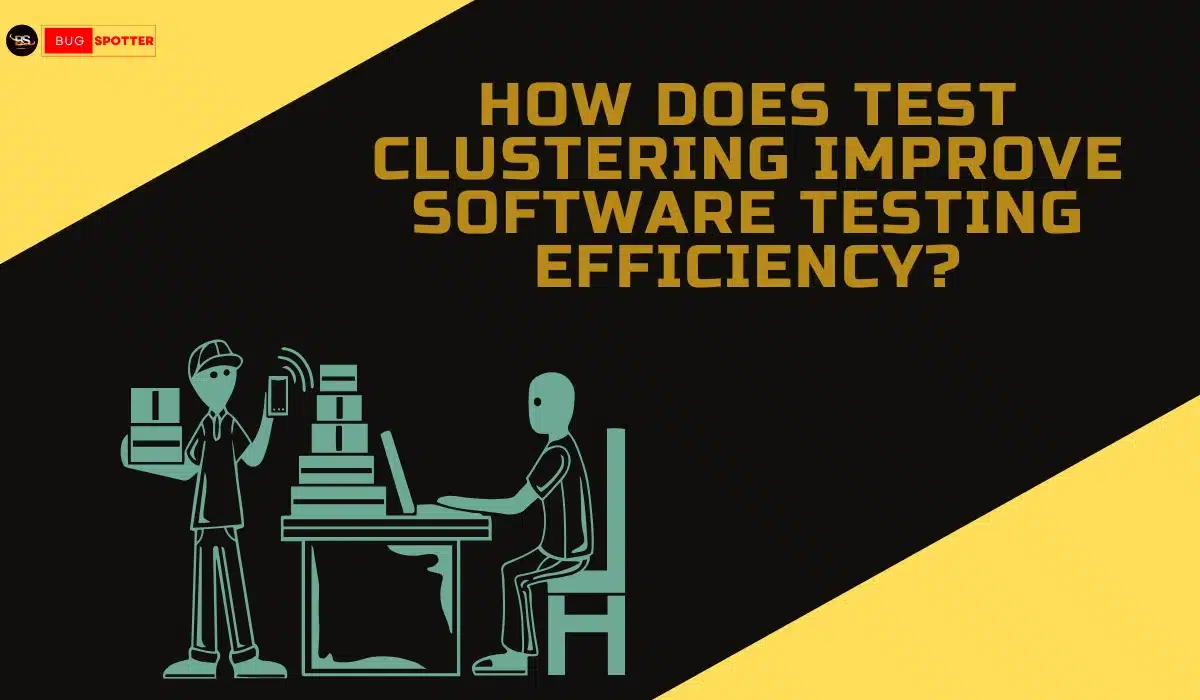What are the Top 5 Codeless Testing Tools?

What are the Top 5 Codeless Testing Tools?
Codeless testing tools empower teams to create and execute automated tests efficiently, bridging the gap between technical and non-technical members. In today’s fast-paced software development landscape, ensuring robust application quality without extensive coding has become a priority. Below are the top five codeless testing tools that stand out in 2025:
1. Katalon Studio
Katalon Studio is a comprehensive codeless testing platform supporting web, API, mobile, and desktop applications. Its user-friendly interface, combined with powerful features, makes it suitable for both beginners and experienced testers.
Key Features:
- Record and Playback: Easily capture test scenarios without scripting.
- Built-in Keywords: Utilize a rich set of predefined actions to streamline test creation.
- Seamless Integrations: Connect effortlessly with CI/CD tools like Jenkins and Jira.
- Comprehensive Reporting: Access detailed analytics to monitor test performance.
Katalon Studio’s versatility and ease of use have made it a popular choice among QA teams aiming for efficient test automation.
2. Testim
Testim leverages artificial intelligence to enhance the stability and speed of test creation and execution. Its adaptive learning capabilities allow tests to evolve with application changes, reducing maintenance efforts.
Key Features:
- AI-Powered Test Authoring: Quickly generate tests that adapt to UI changes.
- Self-Healing Mechanism: Automatically updates tests in response to application modifications.
- Cross-Browser Support: Ensure compatibility across various browsers and devices.
- CI/CD Integration: Incorporate seamlessly into existing development pipelines.
Testim’s intelligent approach to automation makes it ideal for agile teams seeking rapid and reliable testing solutions.
3. Leapwork
Leapwork offers a visual, flowchart-based interface, enabling users to design automation workflows without any coding knowledge. Its versatility supports a wide range of applications, from web to desktop environments.
Key Features:
- Visual Flow Designer: Create automation processes using intuitive drag-and-drop functionality.
- Reusable Components: Build modular test components to enhance efficiency.
- Robust Debugging Tools: Identify and resolve issues swiftly with integrated debugging features.
- Scalability: Adapt to projects of varying sizes, from small teams to large enterprises.
Leapwork’s approach democratizes automation, making it accessible to all team members regardless of technical expertise.
4. Ranorex Studio
Ranorex Studio combines a codeless environment with advanced capabilities, catering to both novices and seasoned testers. It supports a broad spectrum of applications, including web, mobile, and desktop platforms.
Key Features:
- Capture and Replay: Record user actions to create reliable automated tests.
- Cross-Platform Testing: Validate applications across multiple operating systems and devices.
- Integration Capabilities: Work seamlessly with tools like Azure DevOps and Jira.
- Detailed Reporting: Generate comprehensive reports to track testing progress and outcomes.
Ranorex Studio’s blend of simplicity and depth makes it a valuable tool for diverse testing requirements.
5. Tricentis Tosca
Tricentis Tosca employs a model-based approach, enabling codeless test automation across various technologies. Its robust features are designed to optimize test efficiency and coverage.
Key Features:
- Model-Based Test Automation: Simplify test creation by modeling application behavior.
- Broad Technology Support: Automate tests for web, mobile, API, and enterprise applications.
- Risk-Based Testing: Prioritize testing efforts based on risk assessment to ensure critical functionalities are validated.
- Continuous Integration Support: Integrate smoothly with CI/CD pipelines to facilitate continuous testing.
Tricentis Tosca’s comprehensive approach addresses the complexities of modern software testing, making it a preferred choice for enterprises aiming for high-quality releases.
Frequently Asked Questions
Q1: What are codeless testing tools?
Codeless testing tools are platforms that allow users to create and execute automated tests without the need for programming knowledge. They typically feature visual interfaces, such as drag-and-drop or record-and-playback functionalities, enabling testers to design test scenarios intuitively.
Q2: Who can benefit from using codeless testing tools?
Both technical and non-technical team members can benefit from codeless testing tools. They are particularly advantageous for organizations aiming to involve a broader range of stakeholders in the quality assurance process, including business analysts, product managers, and manual testers transitioning to automation.
Q3: How do codeless testing tools integrate into existing development workflows?
Most codeless testing tools offer integrations with popular CI/CD pipelines, version control systems, and project management tools. This ensures that automated tests can be incorporated seamlessly into the development lifecycle, facilitating continuous testing and timely feedback.
Q4: Are codeless testing tools suitable for all types of applications?
While codeless testing tools have advanced significantly, their suitability depends on the specific application and testing requirements. They are highly effective for standard web, mobile, and desktop applications. However, highly complex or custom applications may require a combination of codeless and traditional coded testing approaches.
Q5: What factors should be considered when selecting a codeless testing tool?
Key considerations include the tool’s compatibility with your application stack, ease of use, integration capabilities, support for various test types (e.g., functional, regression, performance), scalability, and the quality of customer support and community resources.
Latest Posts
- All Posts
- Software Testing
- Uncategorized
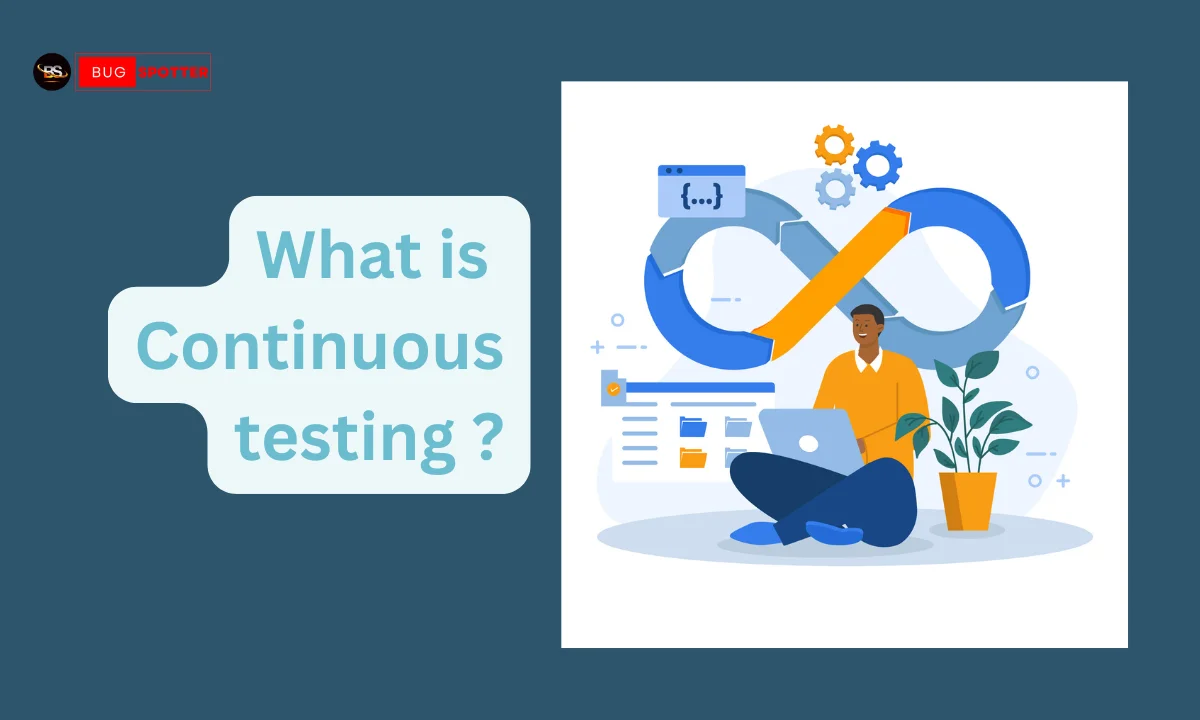
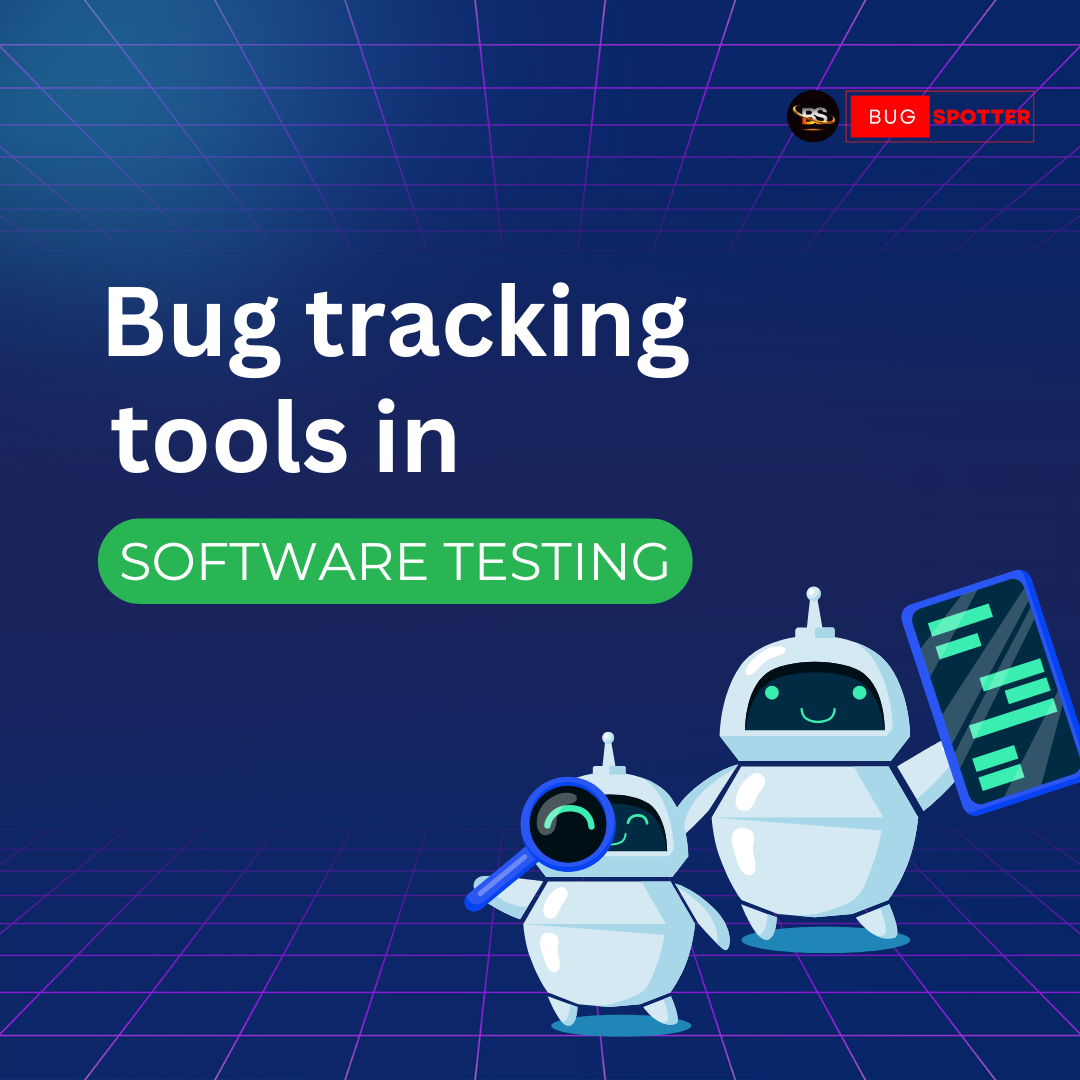
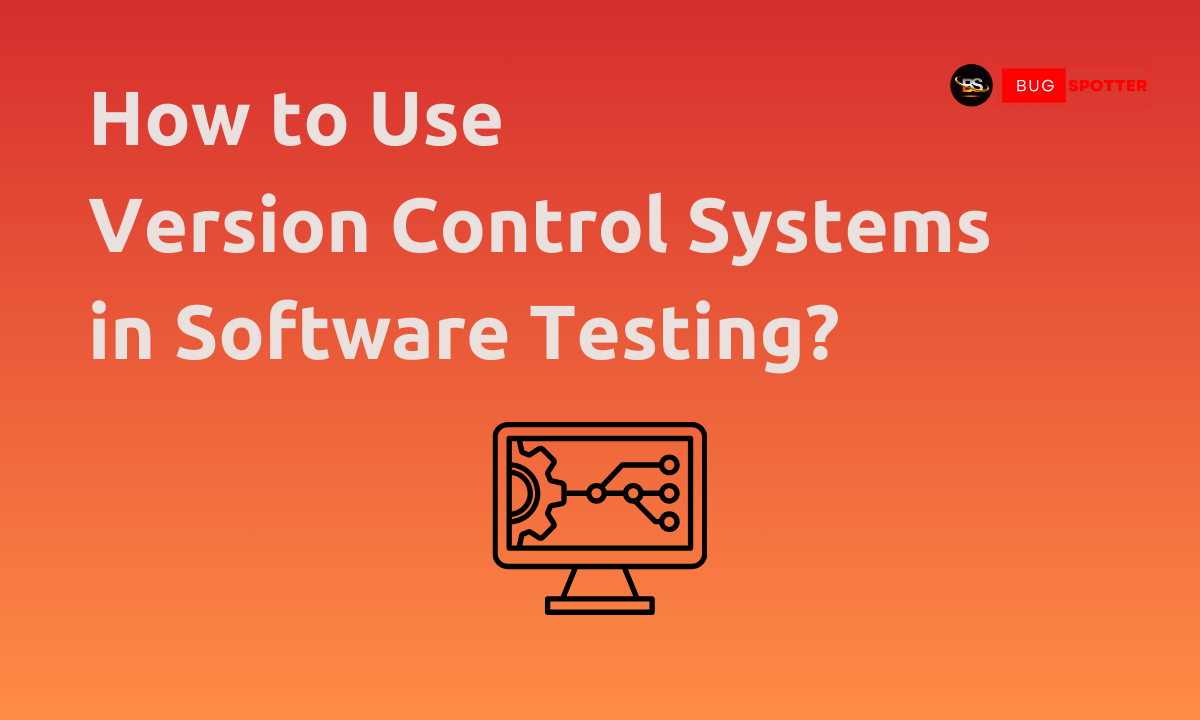
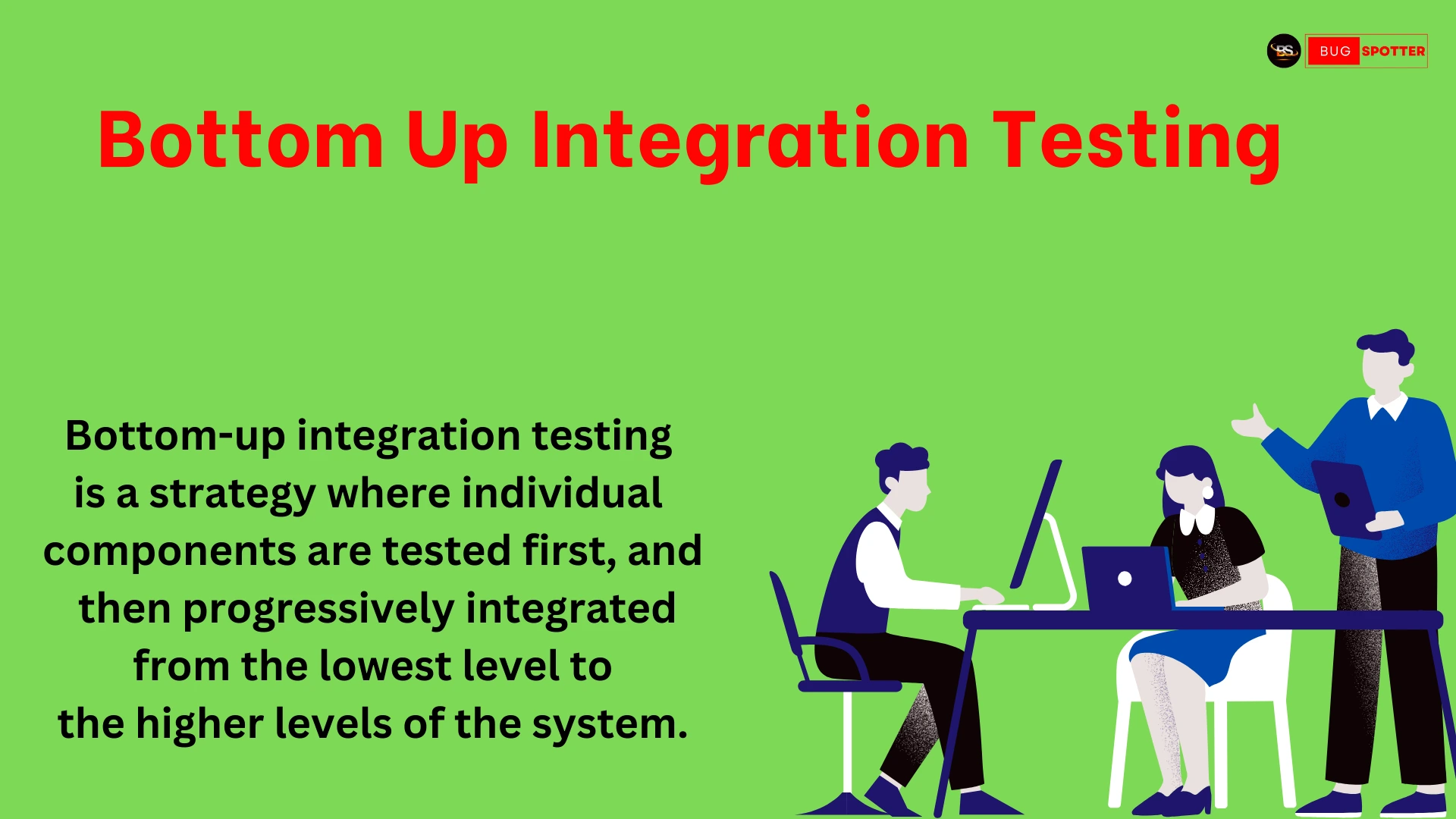

Categories
- Artificial Intelligence (5)
- Best IT Training Institute Pune (9)
- Cloud (2)
- Data Analyst (55)
- Data Analyst Pro (15)
- data engineer (18)
- Data Science (104)
- Data Science Pro (20)
- Data Science Questions (6)
- Digital Marketing (4)
- Full Stack Development (7)
- Hiring News (41)
- HR (3)
- Jobs (3)
- News (1)
- Placements (2)
- SAM (4)
- Software Testing (70)
- Software Testing Pro (8)
- Uncategorized (33)
- Update (33)
Tags
- Artificial Intelligence (5)
- Best IT Training Institute Pune (9)
- Cloud (2)
- Data Analyst (55)
- Data Analyst Pro (15)
- data engineer (18)
- Data Science (104)
- Data Science Pro (20)
- Data Science Questions (6)
- Digital Marketing (4)
- Full Stack Development (7)
- Hiring News (41)
- HR (3)
- Jobs (3)
- News (1)
- Placements (2)
- SAM (4)
- Software Testing (70)
- Software Testing Pro (8)
- Uncategorized (33)
- Update (33)





